55 Years of Porsche 911
Normally, we at Secret Classics look back on car anniversaries when a particular model turns 25 years old or when it reaches the official age for classic cars (30 years) and afterwards every 10 years. Now the title of this article says that we feature the 55th anniversary of the Porsche 911. This alone wouldn’t be a reason to shed light on the history of the rear-engined sports car. However, Porsche will present the new eigth 911-generation 992 tomorrow in Los Angeles and therefore sent daily quick overviews of each previous generation in the past week. So we also like to give you a little insight into the 911-history at this point.
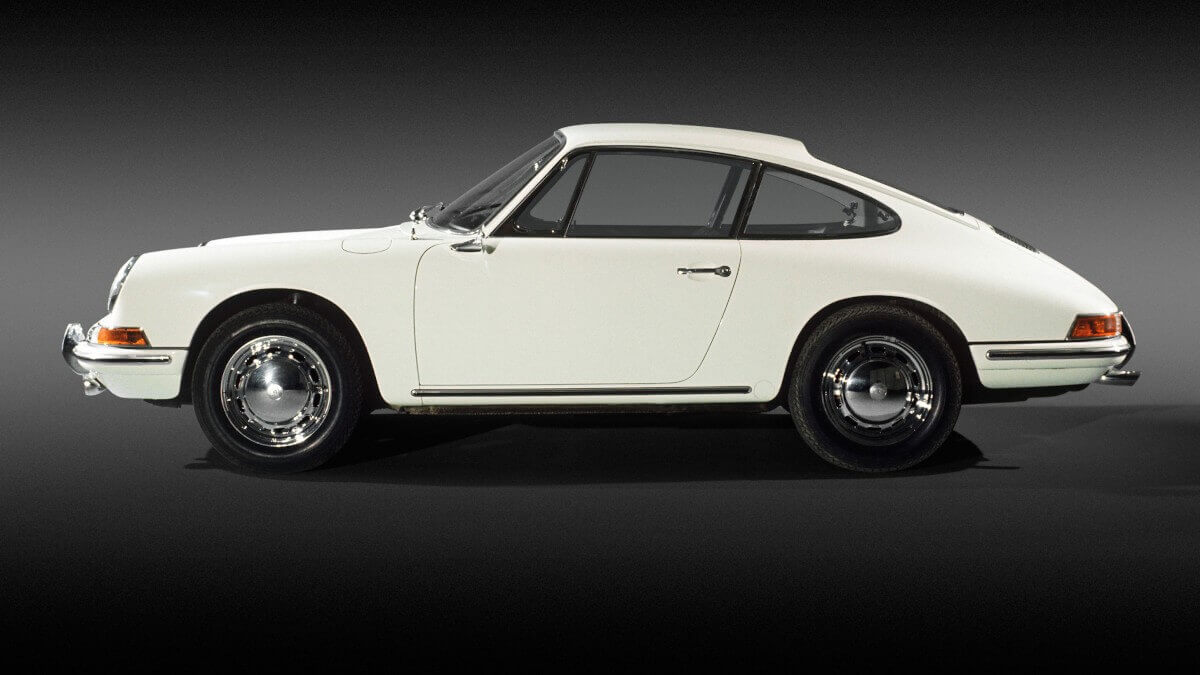



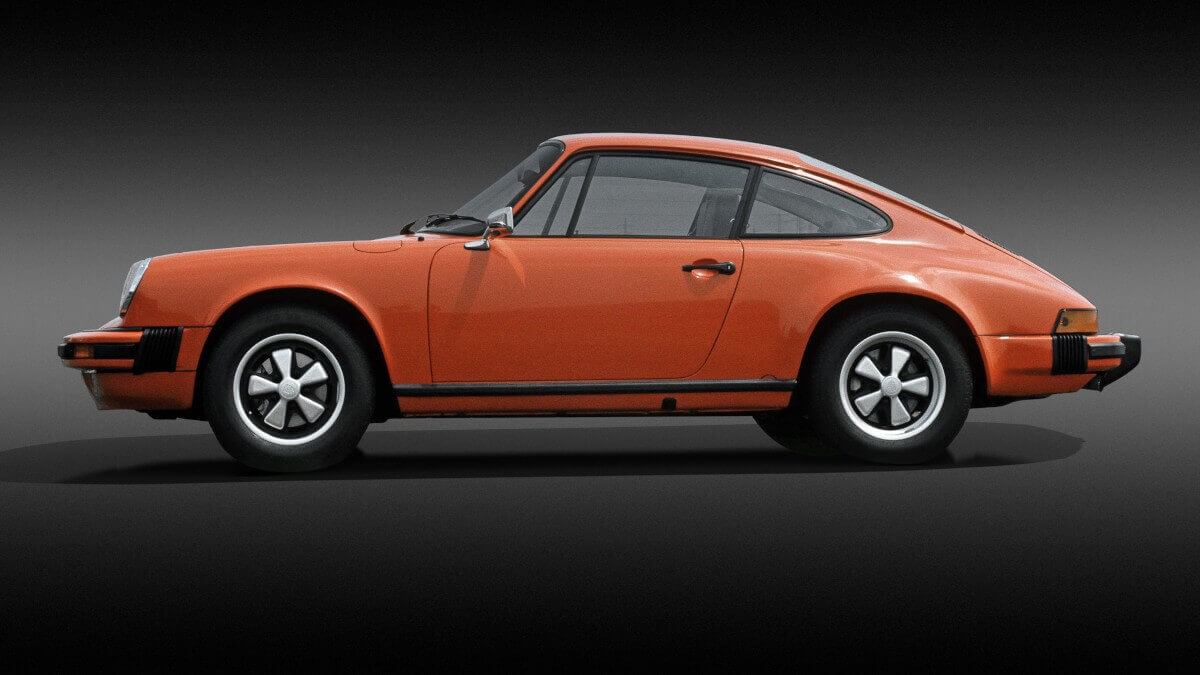



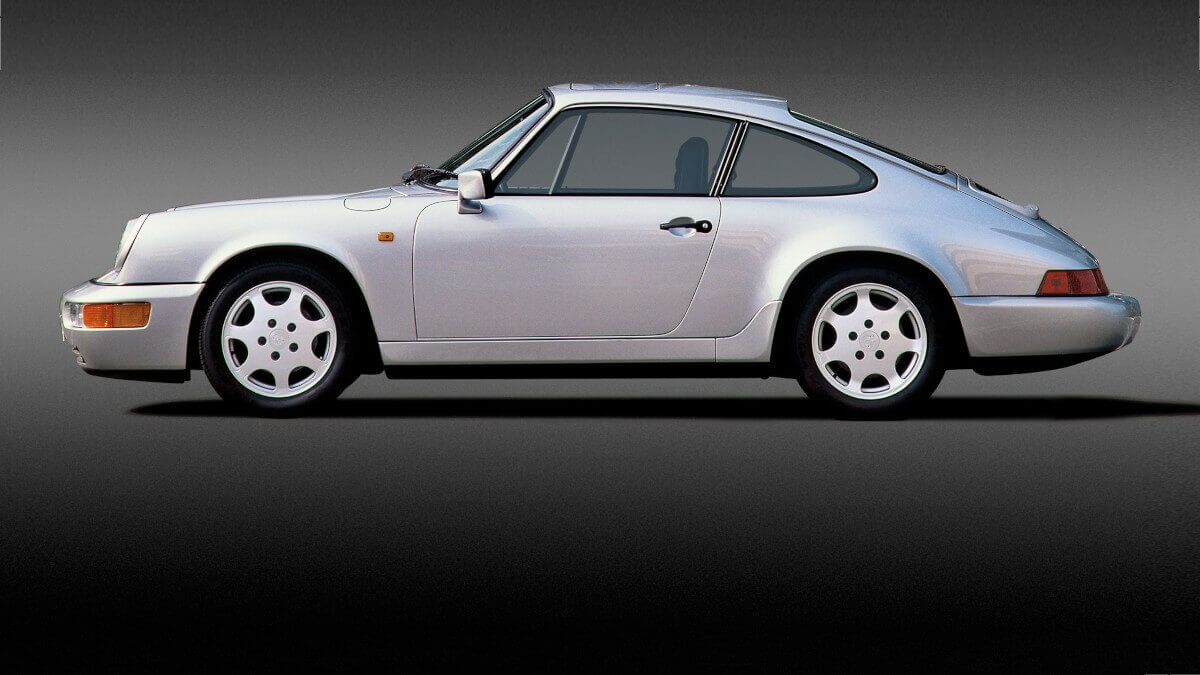



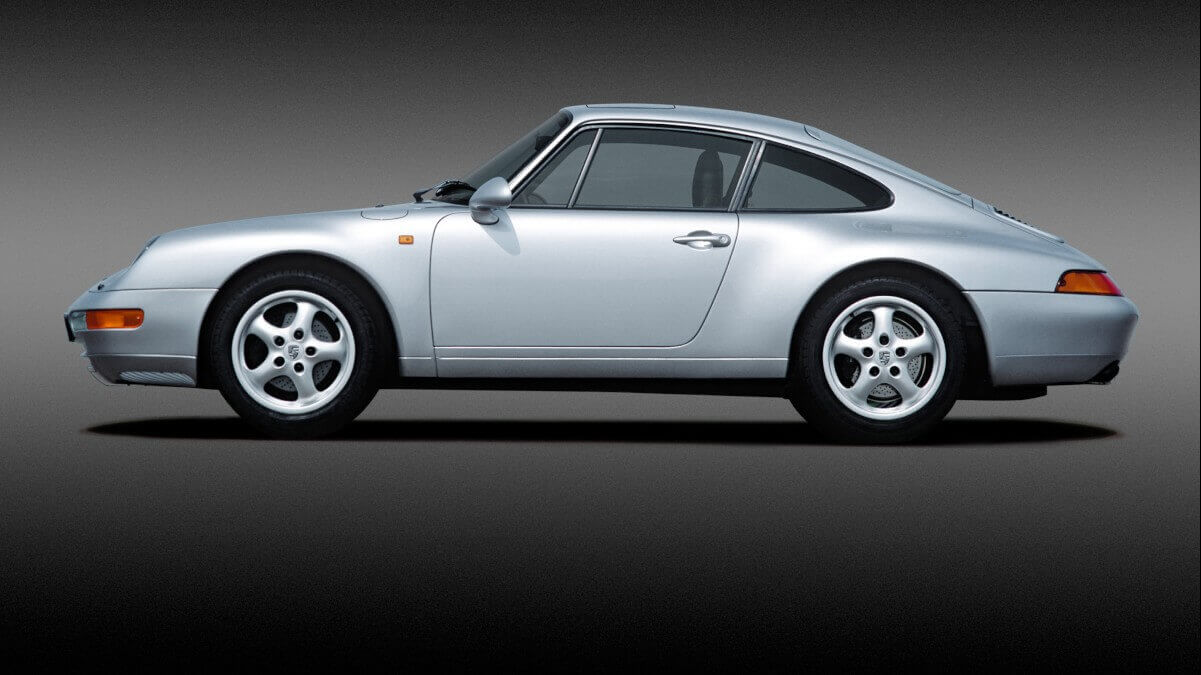



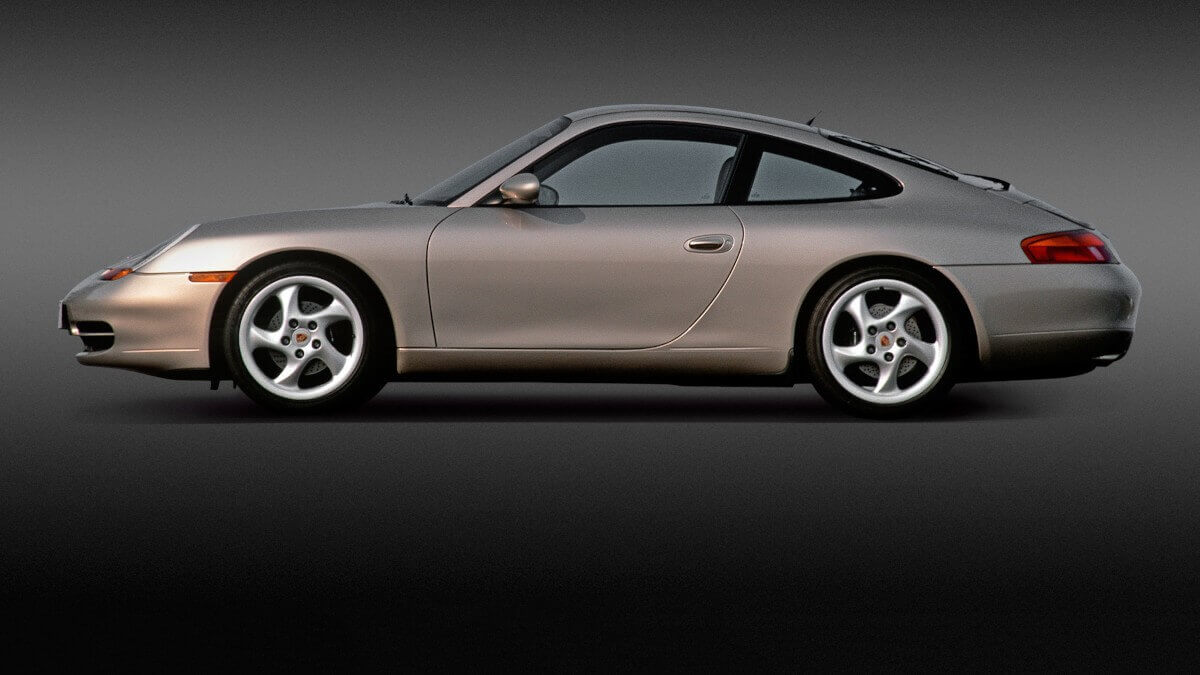



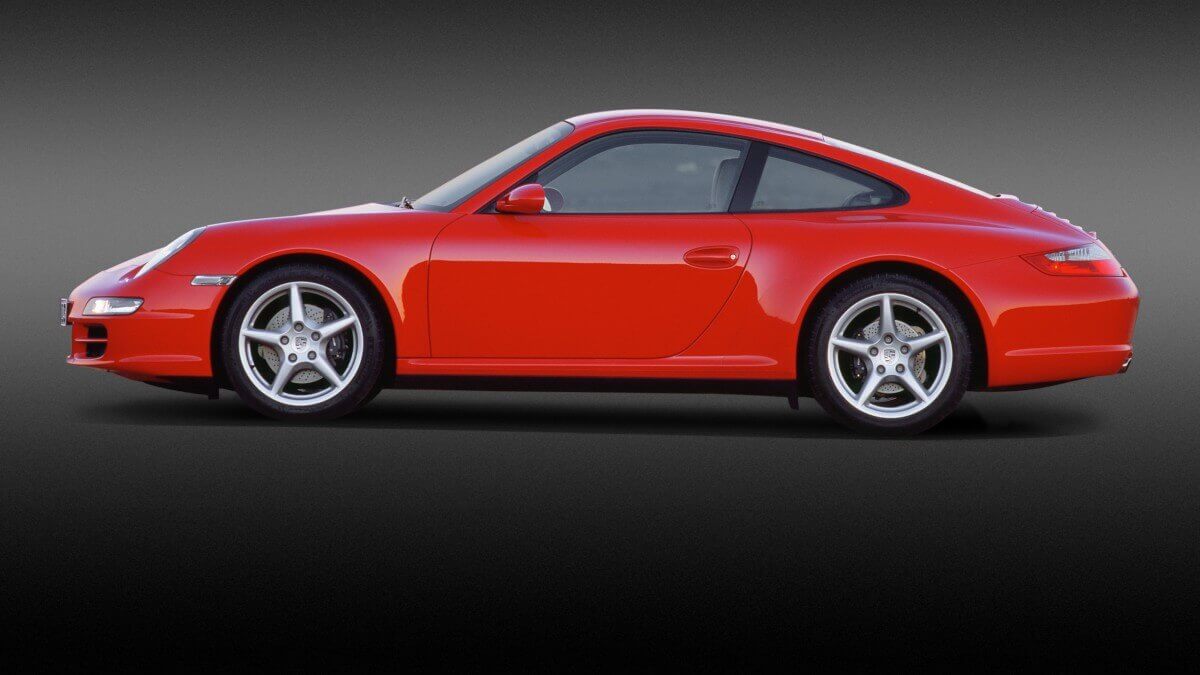



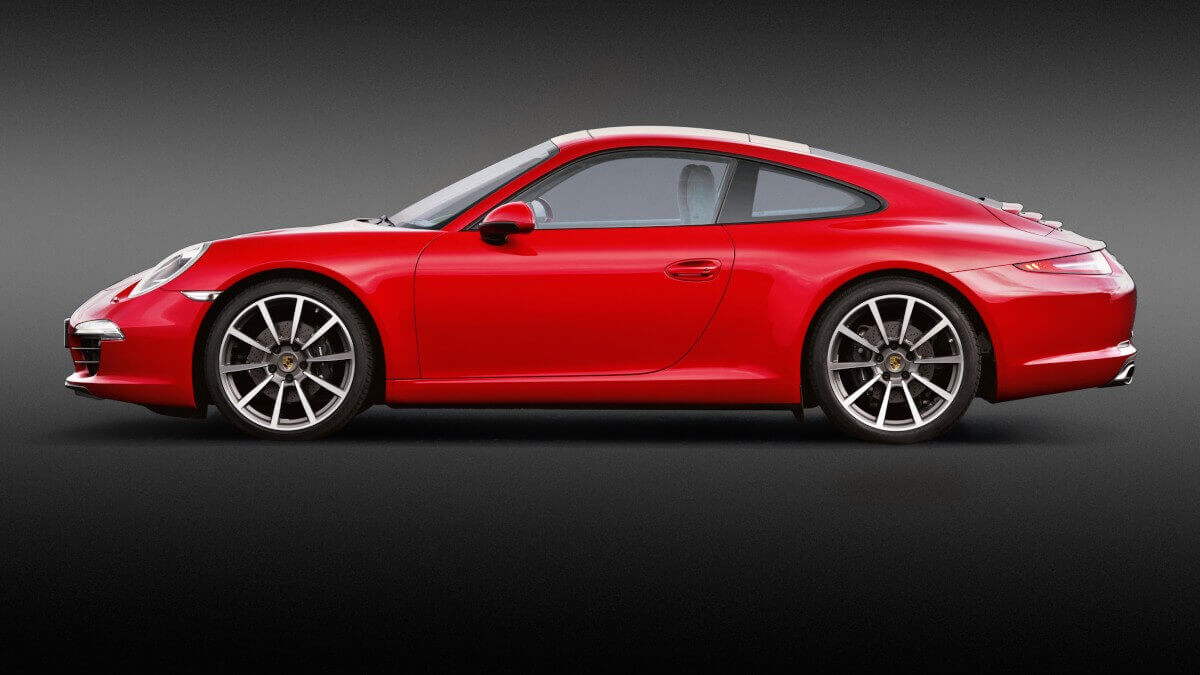



It all started at the Frankfurt Motor Show (IAA) 1963, where the successor of the Porsche 356 debuted as 901. After a short confrontation with Peugeot and only a few built cars, they renamed the model to 911. Under the hood it got a six-cylinder boxer engine in contrast to the four-cylinder motor in the 356. The displacement climbed from 1,991 up to 2,687 cubic centimeters until 1973. Otherwise, there were various power levels between 110 and 210 hp in 911, 911 L, 911 T, 911 E, 911 S, 911 S/T, 911 R and 911 Carrera RS. Next to that there were several racing variants. In addition to the Coupé, Porsche from 1965 also offered the first ‘safety Convertible’ worldwide in the form of the 911 Targa, whose name was derived from the famous endurance race ‘Targa Florio’ in Sicily. By 1973, 111,995 copies of all variants of the original 911 ran off the line in Zuffenhausen.
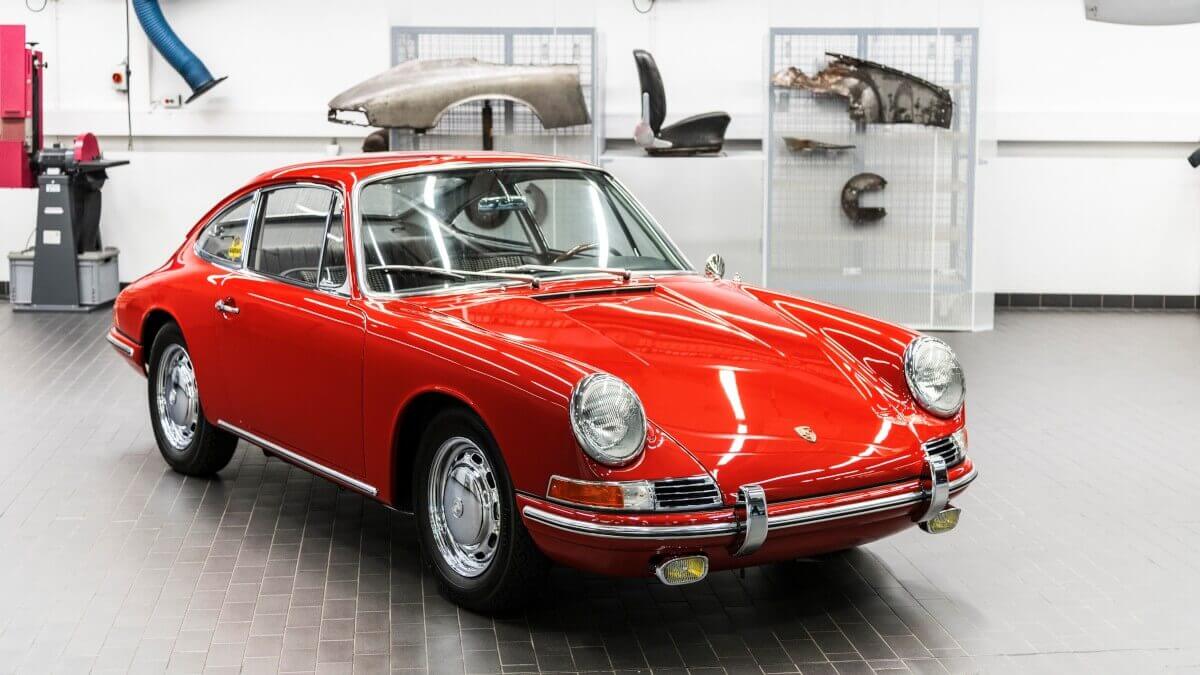



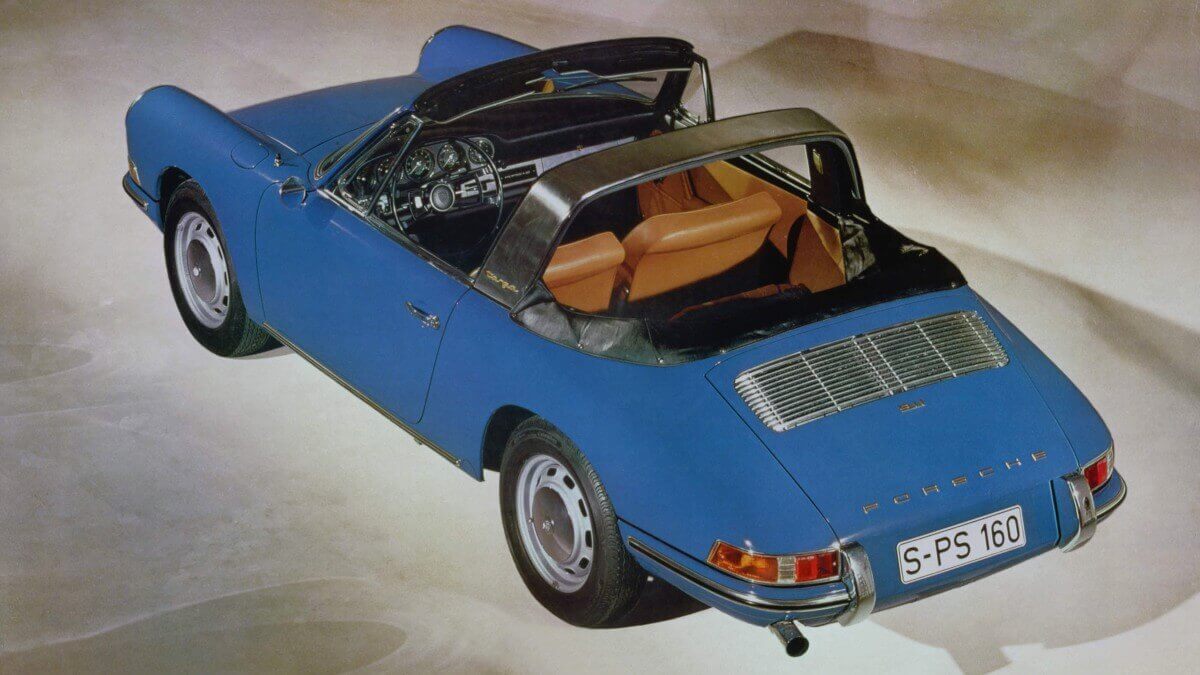



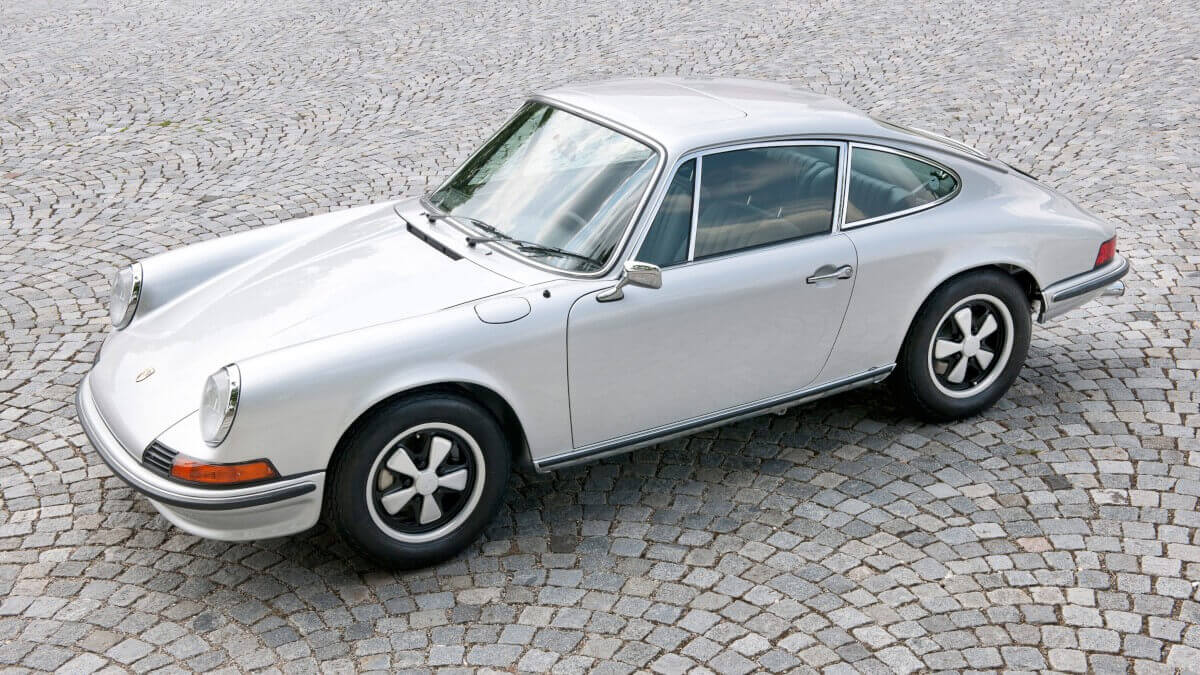



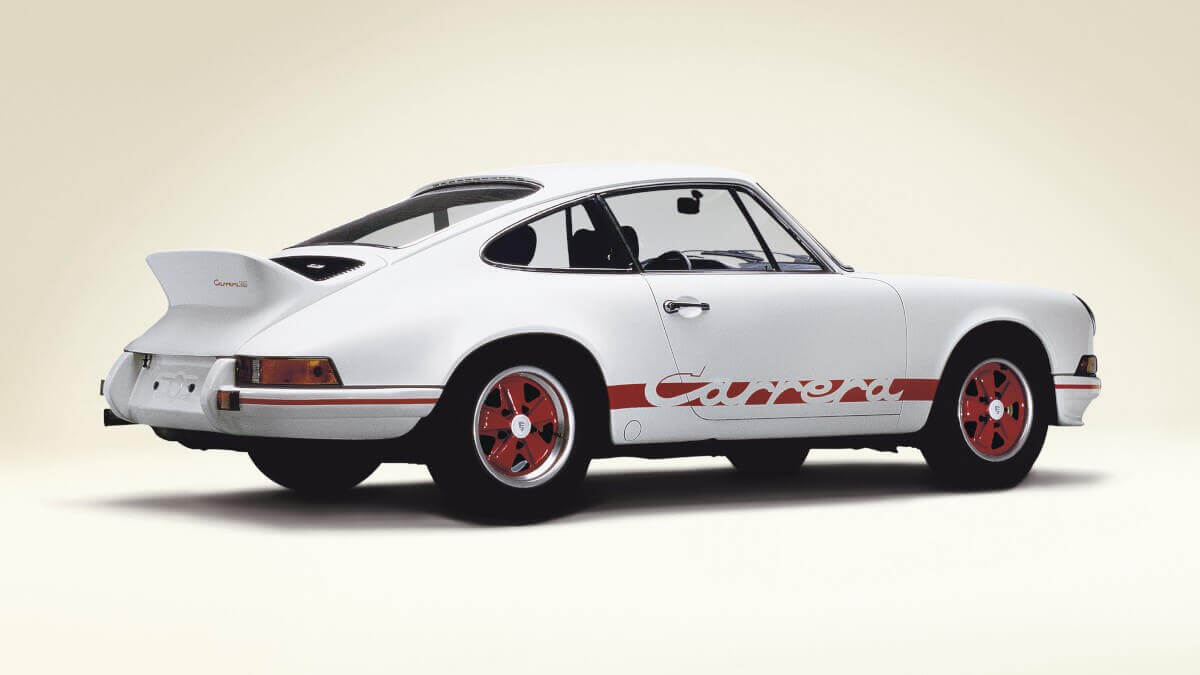



Even while the final vehicles of the 911 Carrera RS 2.7 were being produced, the manufactory in Zuffenhausen had been converted to a significantly redesigned 911, today often known as the ‘G-Series’. This name refers to a Porsche-internal naming procedure for each model year with a letter in alphabetical order, started in mid-1967. So in the model year 1972 the cars were known as ‘F-Series’, followed by ‘G-Series’ from mid-1973 to mid-1974. Only those cars are the real ‘G-Series’, but in the end all cars until 1989 are known with this name. From the outside they differ from the previous vehicles with new, more integrated bumpers with characteristic, black bellows. The reason for this were new US safety regulations, according to which new cars had to withstand an impact of 5 mph without visible damage at front or rear. Other safety details included standard three-point safety belts, integrated headrests on the front seats and a sport steering wheel. For the first time it also got a fully galvanized bodywork. On the engine side it started with the 2.7-liter engine, which fueled the Carrera RS model of the previous generation. Later, the displacement increased first to 3 and later to 3.2 liters, which in the SC RS delivered 250 hp. Even more power was available from 1974 in the first 911 Turbo, which initially achieved 260 hp with three liters and from 1977 with a bigger displacement of 3.3 liters it climbed to 300 hp. So it was undoubtedly a supercar of its time with more than 260 kph (162 mph) and accelerated to 62 mph in just 5.2 seconds. In addition to the Coupé and the Targa, Porsche in 1982 introduced the first ever 911 Cabriolet and in 1989 a Speedster. After 198,496 copies, Porsche switched production to the successor model.
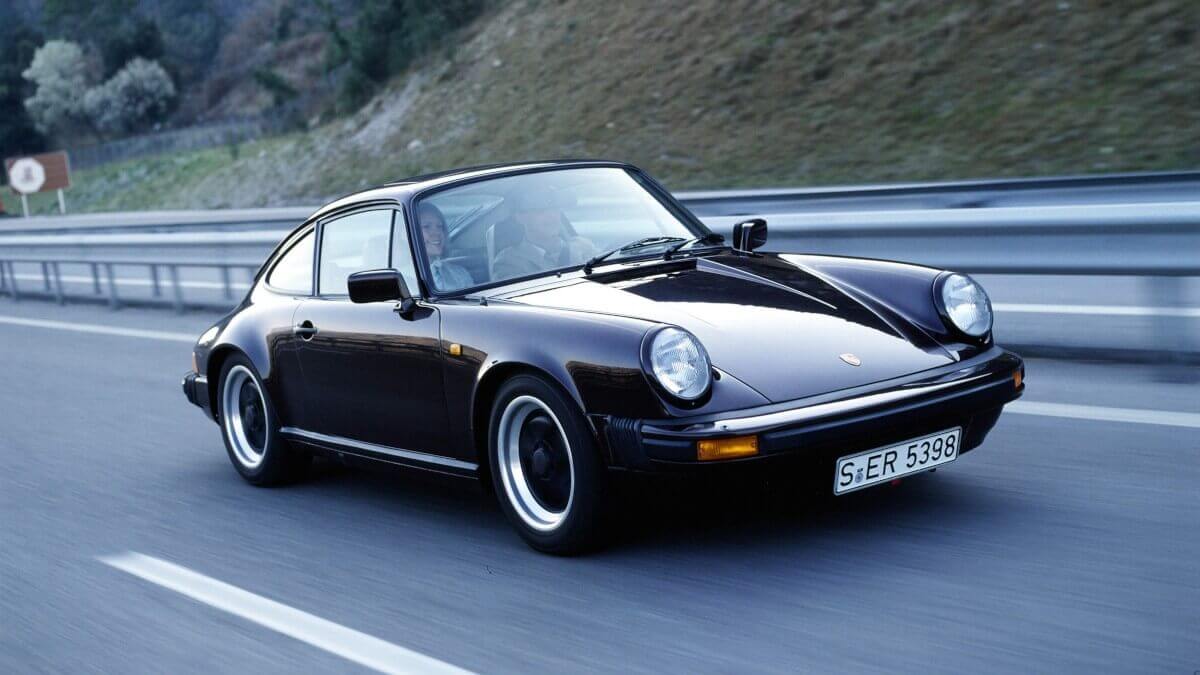



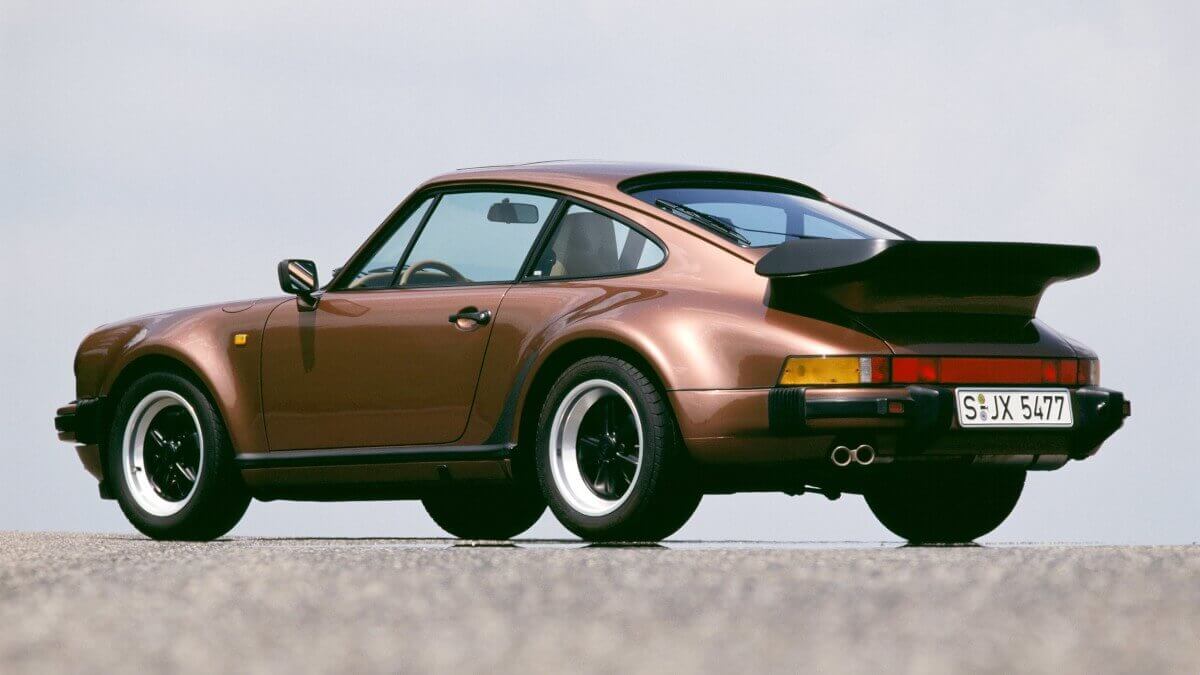



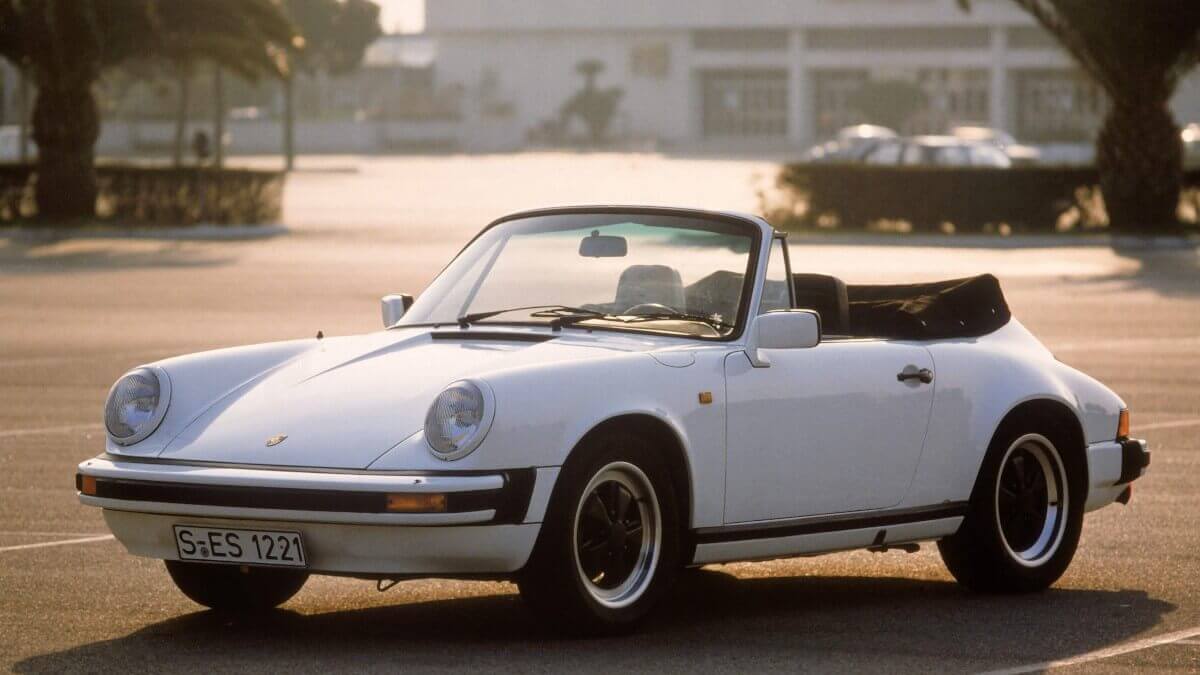



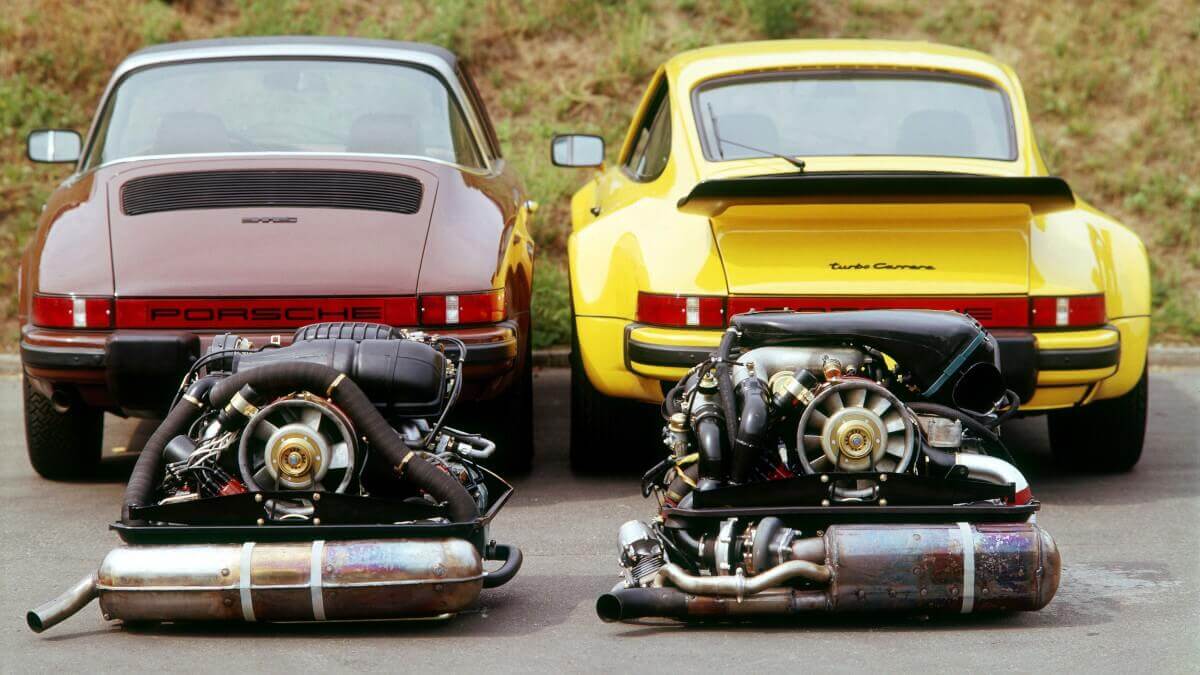



The pure existence of the 964, the third 911-generation wasn’t sure for a long time. In the late 1970s and early 80s there were several senior employees in Zuffenhausen, who worked on a replacement of the sports car legend by new models such as the 928. Due to various developments in the international car market, the 911 concept was considered to be antiquated and outdated. However, the more the customers heard about these plans, the more the sales of the 911 increased. Correspondingly, some engineers and technicians set out developing the next 911 generation with the abbreviation 964. With the first variant, Porsche showed in 1988 a combination of tradition and modernity. The classic silhouette with standing headlights now showed seamlessly integrated bumpers and an automatically retracting spoiler at the rear, while the Carrera 4 also came with all-wheel drive for the first time in a 911. In addition the 964 came with ABS and power steering as standard. As with its predecessor, the 964 was available as a Coupé, Cabriolet and Targa and in 1993 as an exclusive Speedster. With 3.6 liters of displacement, the performance of the natural aspirated models increased to 250 hp, while the Turbo first received the engine of its predecessor model with a performance upgrade to 320 hp and later even 381 hp in the Turbo S, it later got a new 3.6 liter turbocharged engine with 360 hp. In time for the model change in October 1993 a total of 63,762 copies of the 964 had been built.
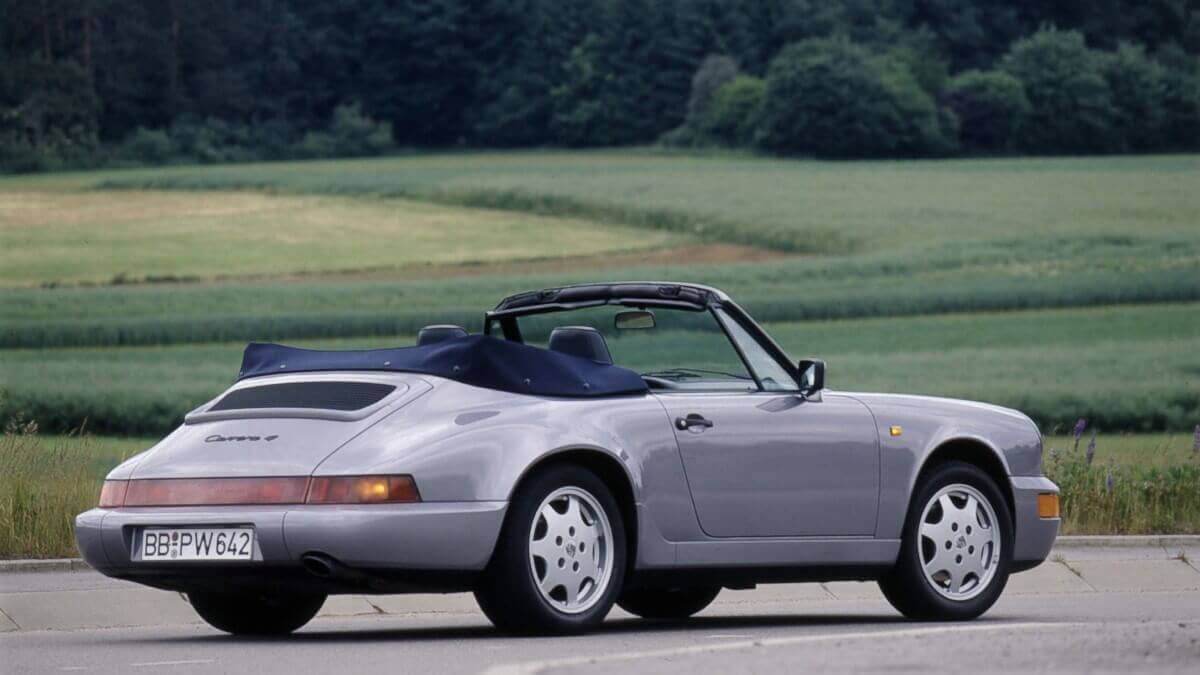



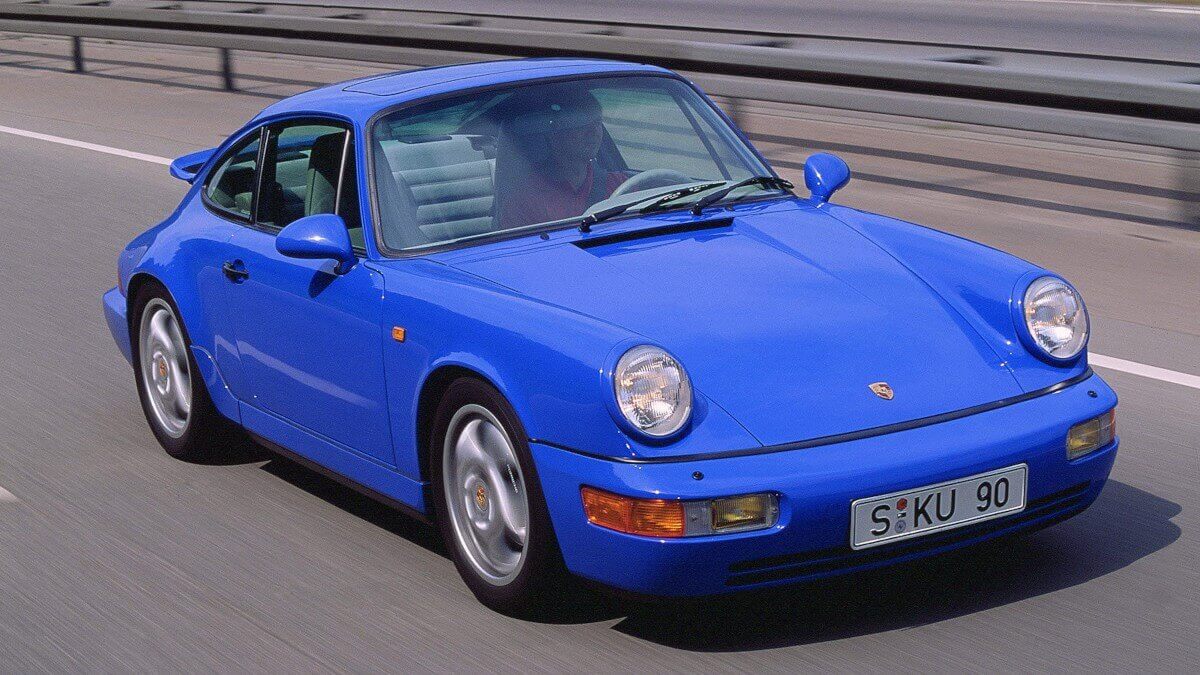



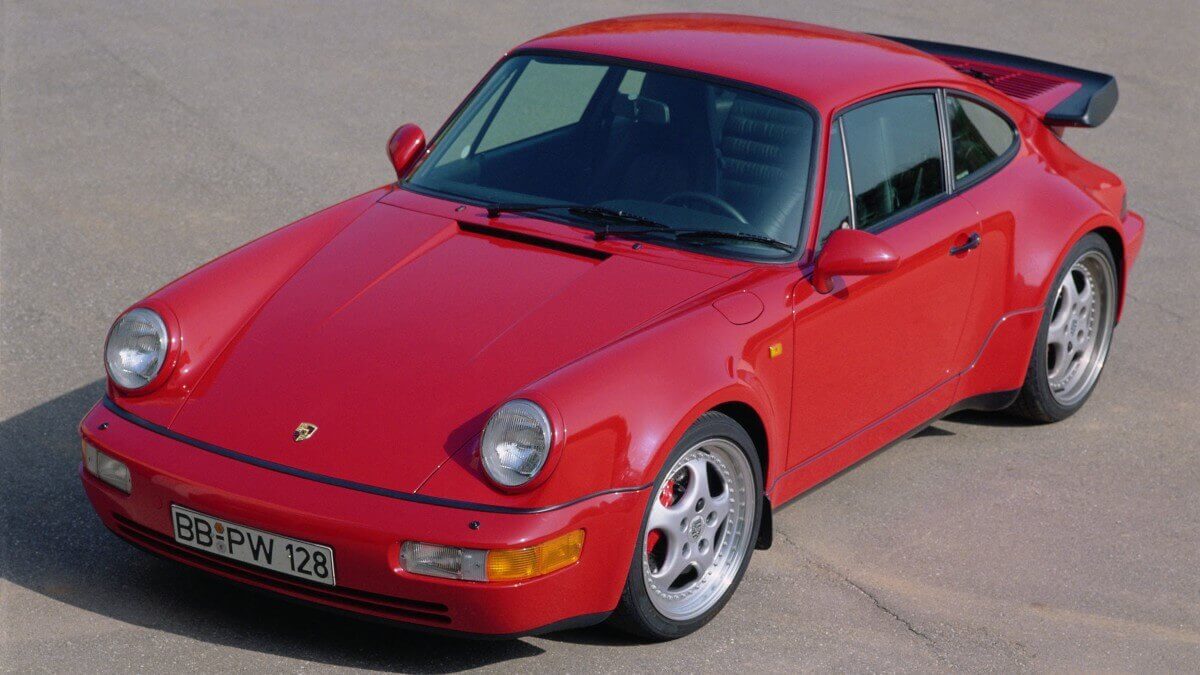



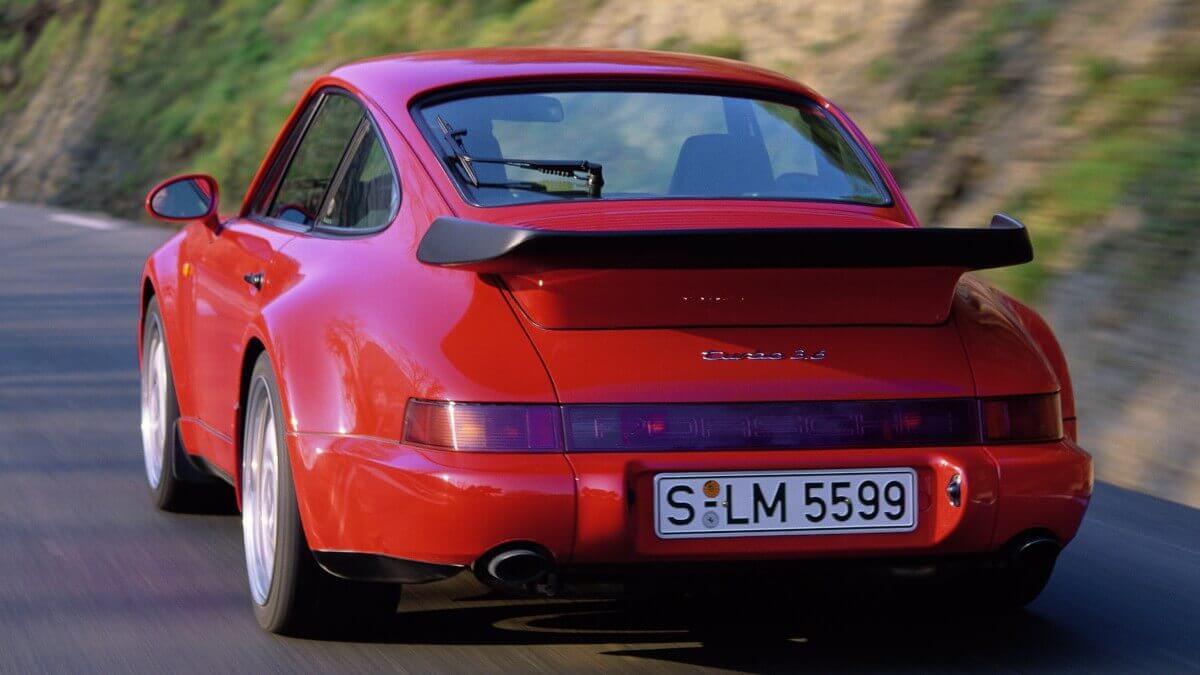



After averting the threat of 911’s suspension of production, as well as completely closing down the Porsche factory, the development on the fourth 911-generation began. Only five years after the launch of the 964, in October 1993 the production of the 993. For the first time there were major updates in the design, which expressed for example by lying headlights. For the first time, the side windows were integrated seamlessly into the bodywork, while the rear appeared clearly masculine by flared rear wheel arches. A new chassis made from aluminium with multi-link rear axle helped the car to more driving dynamics with improved suspension comfort. Initially, the new car was only available as a Coupé and Cabriolet. Only in 1995, the new Targa debuted, but not longer with a removable roof part, but with, strictly speaking, a big glass-sunroof, which slides electrically under the rear window. The last air-cooled 911 came initially with 272 hp and later received a power upgrade to 285 hp in 1995. For the first time a works power kit (WLS) was available for 300 hp. Meanwhile, the 993 Turbo was the first 911 Turbo with permanent all-wheel drive and two turbochargers and thus achieved an output of 408 hp, which could be increased to 430 or 450 hp by two works power kits (WLS 1 and 2). The latter value could also be found in the data sheets of the extremely rare, rear-wheel drive GT2 with riveted fender flares. After 68,881 vehicles the production of air-cooled Porsche sports cars ended in 1998.
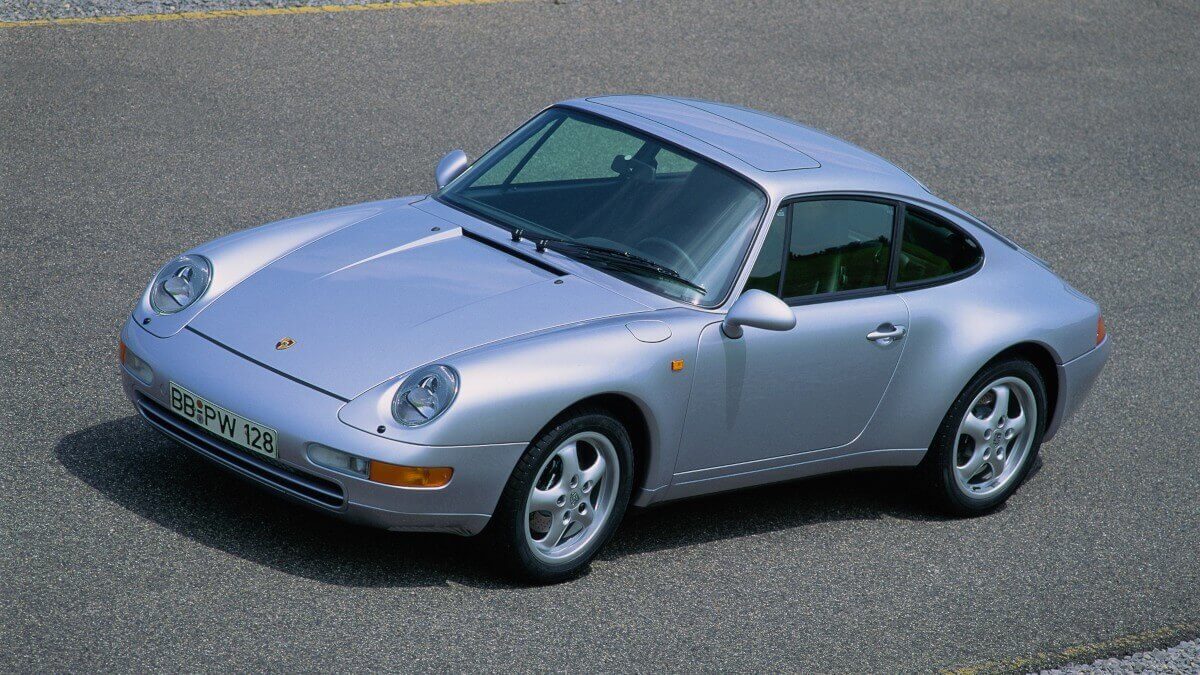



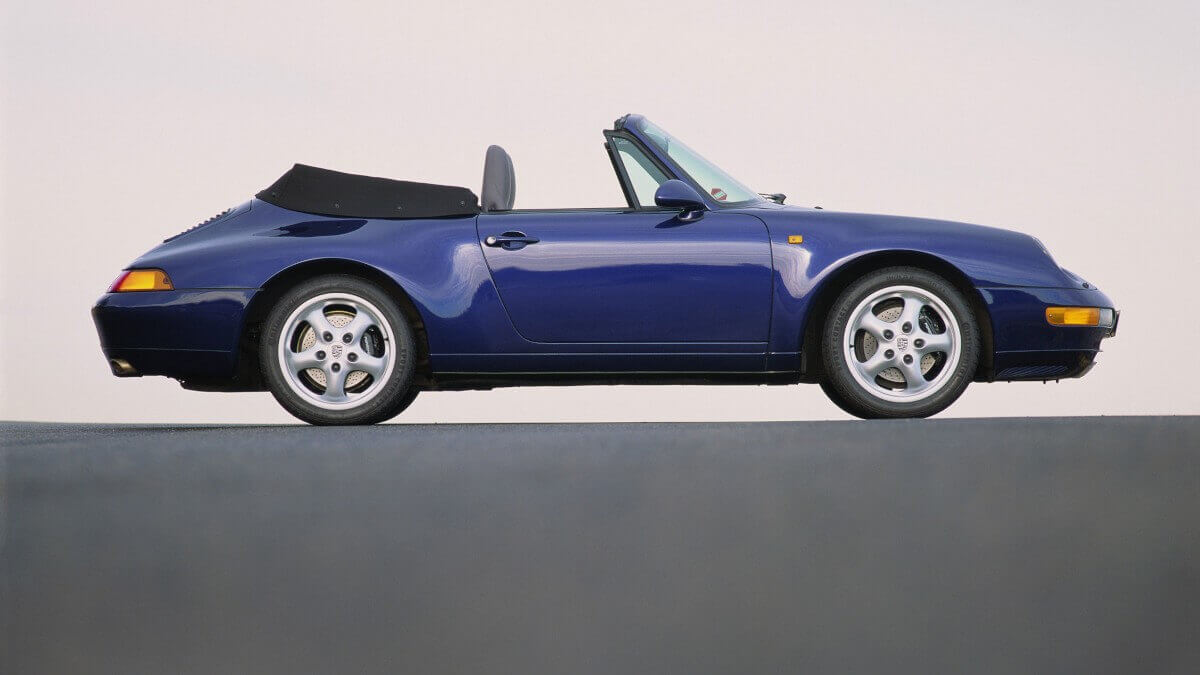



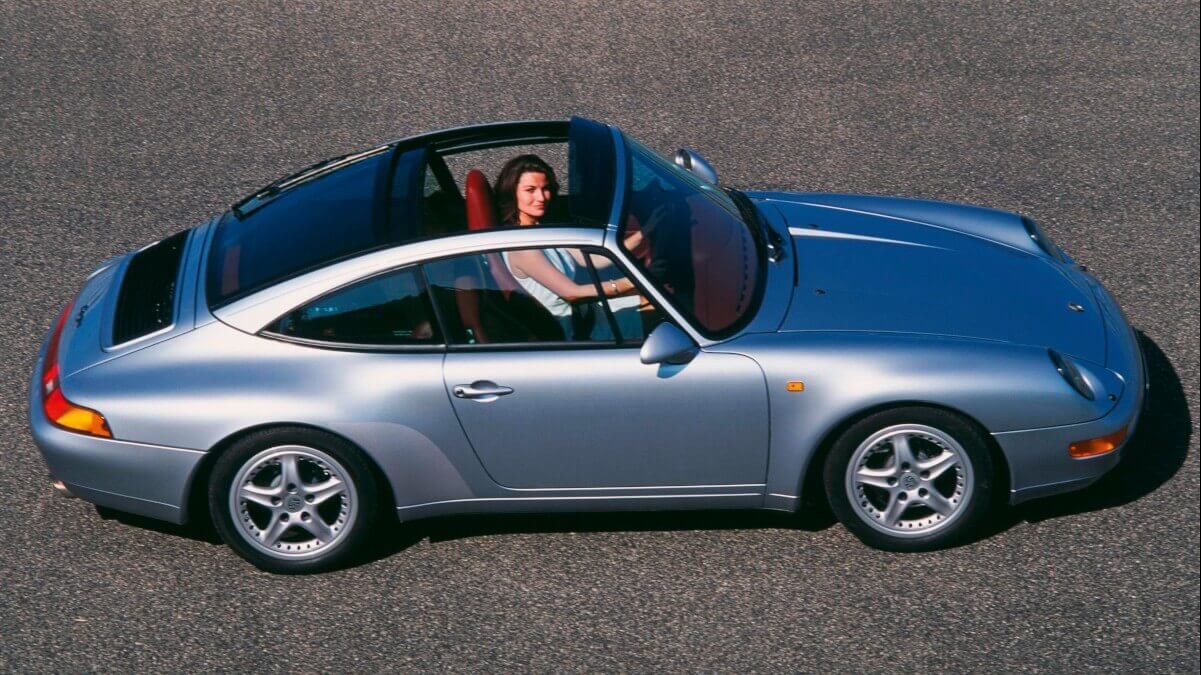



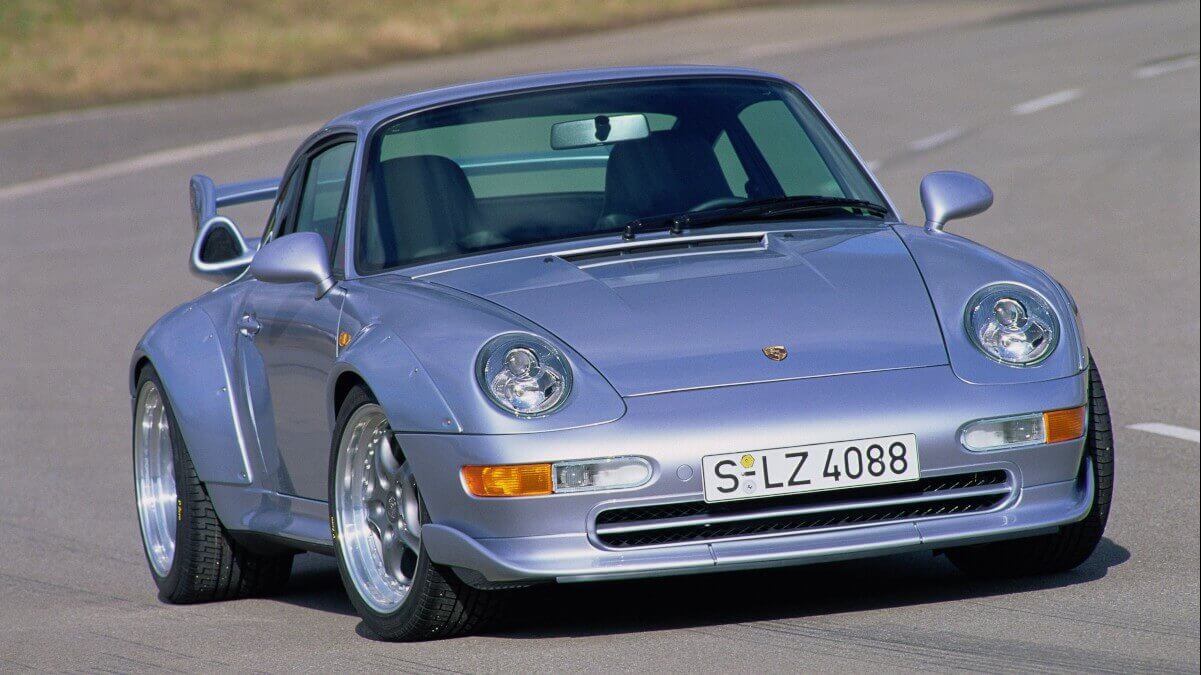



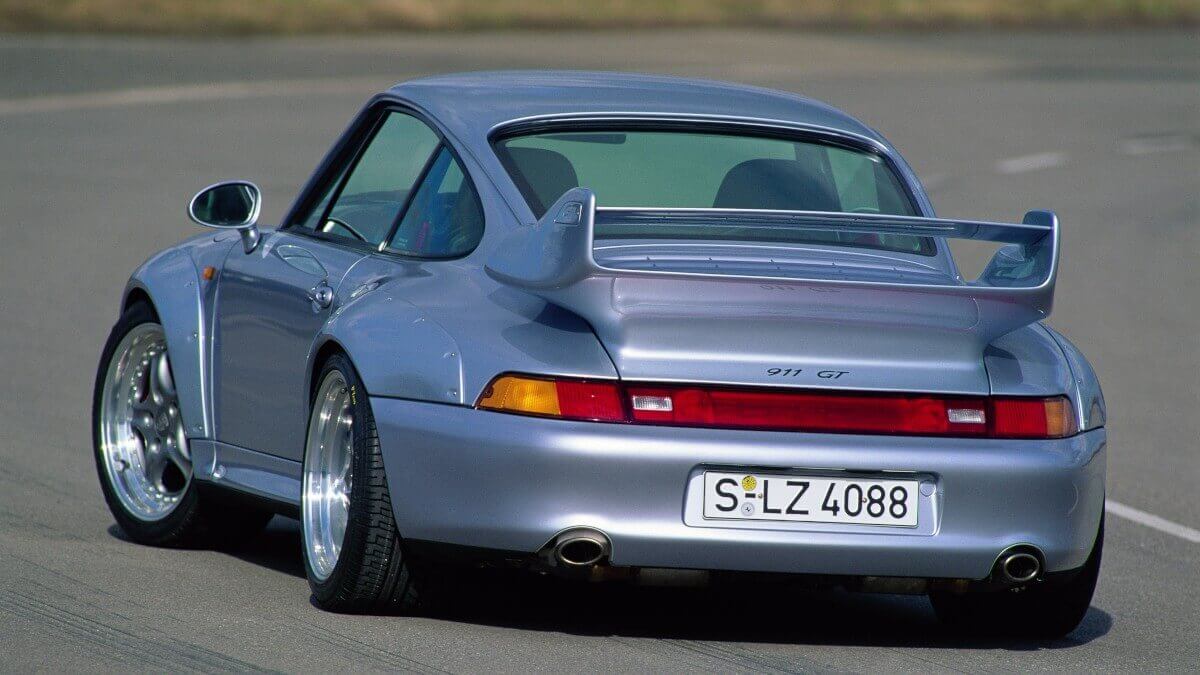



The now most coveted 911-model was immediately followed by the most unpopular. Whether rightly or not lies clearly in the eye of the beholder. For the first time in 34 years of production, Porsche turned away from the principle or air-cooling and developed a new liquid-cooled boxer engine with initially 3.4 liters of displacement. This is one of the reasons why the 996 is less popular than its predecessors, because this drive had some durability issues. In addition, the 3.4-liter version is a little weaker on the chest than the later version with 3.6 liters, which can’t be read from the pure data of 300 to 320 hp alone. Finally, with WLS, it climbed to 345 hp, while the 996 Turbo had 420 hp in normal form and 450 with WLS and in the Turbo S as well as 483 hp in the GT2. The second reason for a lack of interest in the classic market are the optics. Porsche moved the parking lights, fog lights and turn signals into a common structure with the headlamps and thus created the ‘fried eggs’, as they were called quickly. A facelift in 1998 removed the orange colored indicator lenses and from 2002 after another major facelift, all versions got the clear glass headlights formerly only used by the Turbo and GT2. In the top-of-the-range GT2, Porsche for the first time introduced carbon ceramic brake discs with significantly increased durability compared to steel brakes. Although the 996 is one of the less sought-after models today, it was quite a sales success when it was new between 1997 and 2005 with 175,262 delivered cars worldwide.
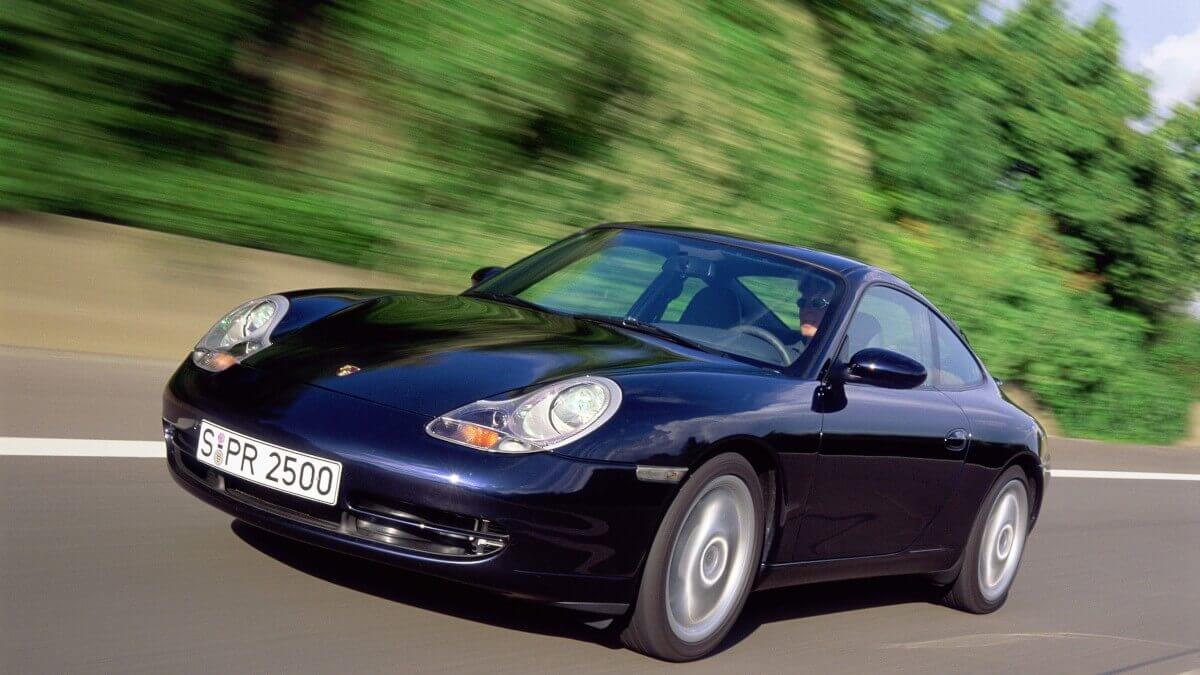



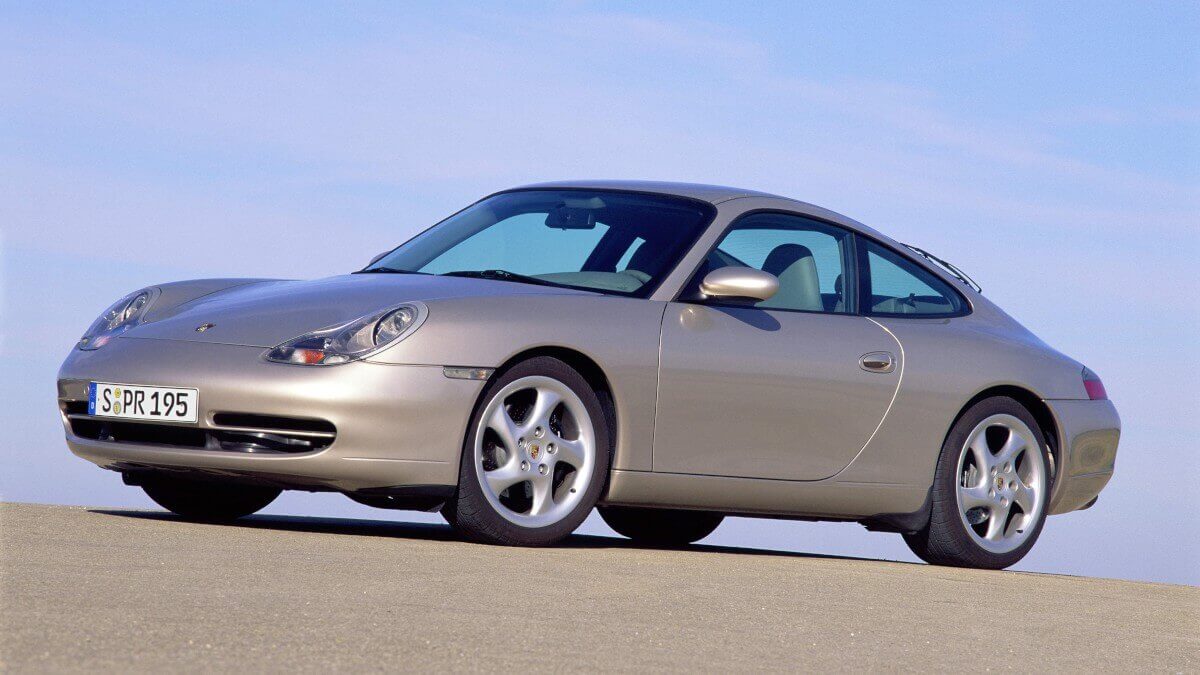



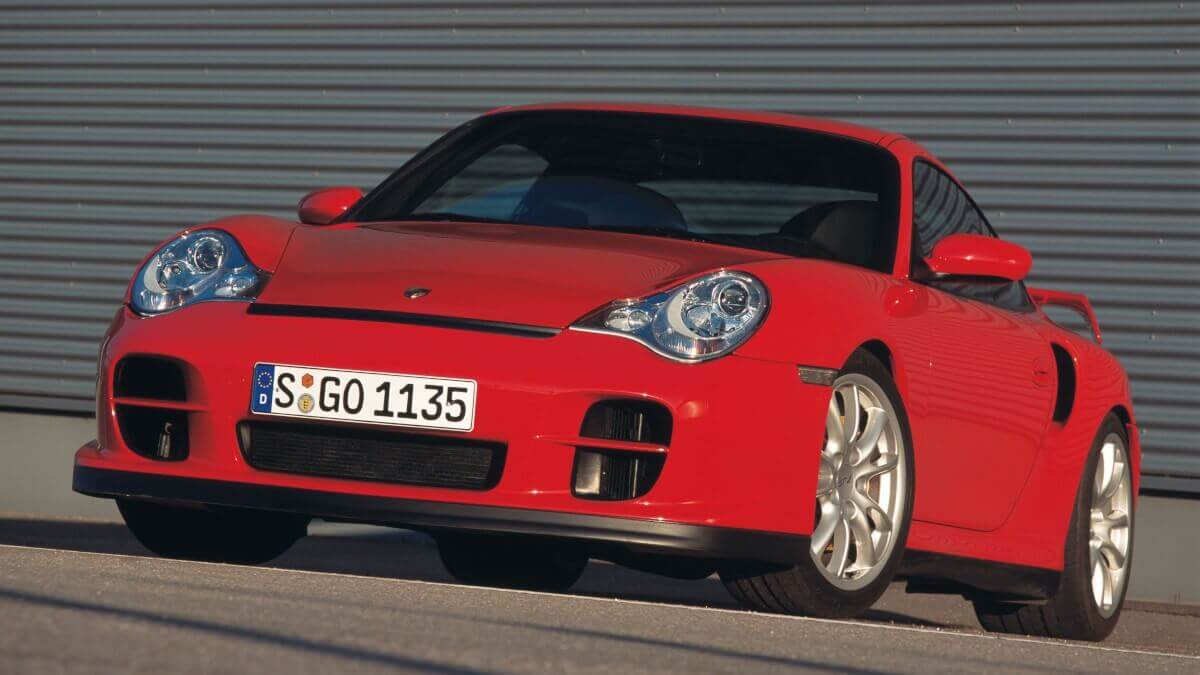



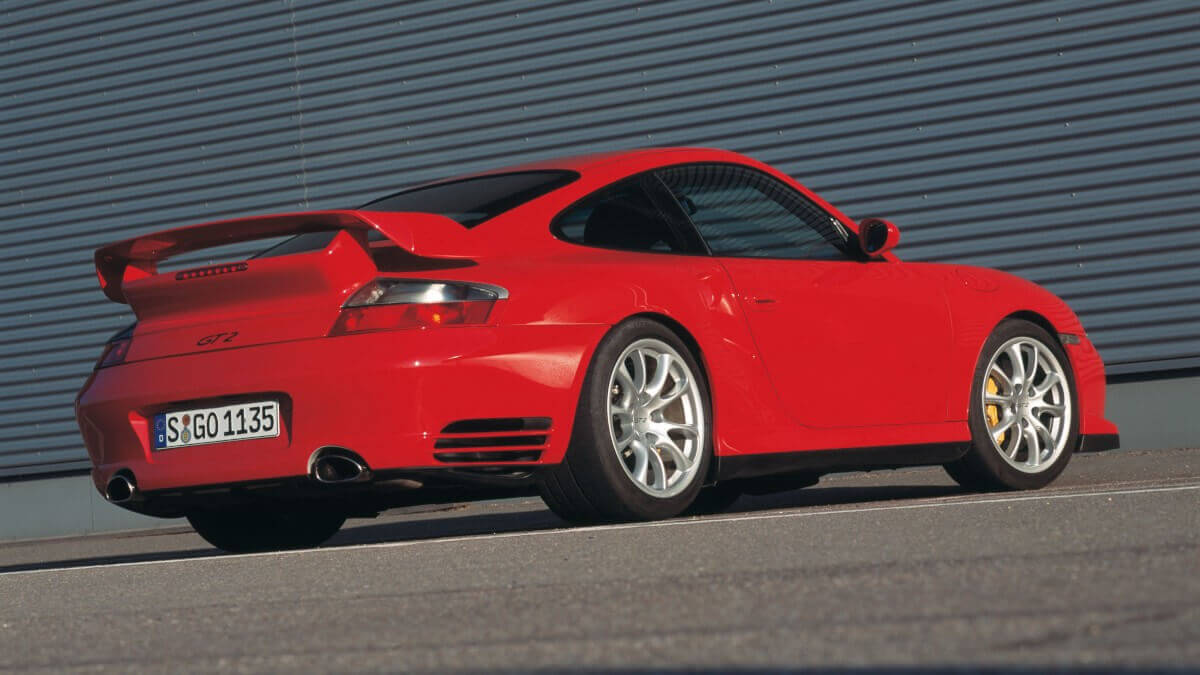



In 2004 the market launch of the ‘997’ baptized sixth generation of the 911 took place. During the production time, it was available in more variants than ever before. Next to Coupé, Cabriolet and Targa, Porsche also introduced a Speedster and the limited edition Sport Classic with a specially developed ‘double bubble’ roof. In addition, the power level selection reached a new high point with Carrera, Carrera 4, Carrera S, Carrera 4S, Carrera GTS, Carrera 4 GTS, Turbo, Turbo S, GT3, GT3 RS, GT3 RS 4.0, GT2 and GT2 RS. Optically, Porsche returned to the classic round headlights without ‘fried eggs’ look, which came with bi-xenon technology and additional LED daytime running lights in the front bumper after the facelift. Under the hood still sat a six-cylinder boxer engine with 3.6 or 3.8 liters and at least 325 hp. At the top of the line, the Turbo S with 530 hp and the strictly limited GT2 RS with 620 hp marked the peak values. While the Turbo S was only available with the seven-speed dual-clutch transmission, the manual GT2 RS circled the Nürburgring Nordschleife in a then-new record time of 7:18 minutes. Also in terms of production, the 997 reached a new record with 213,004 units until 2012.




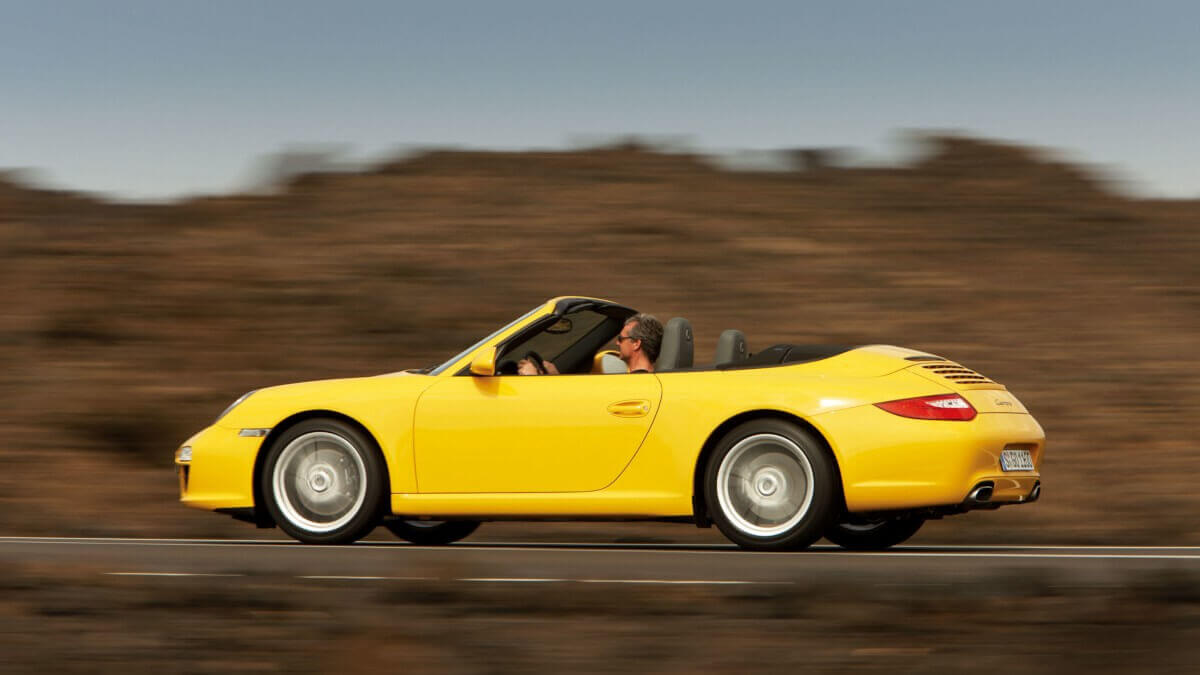



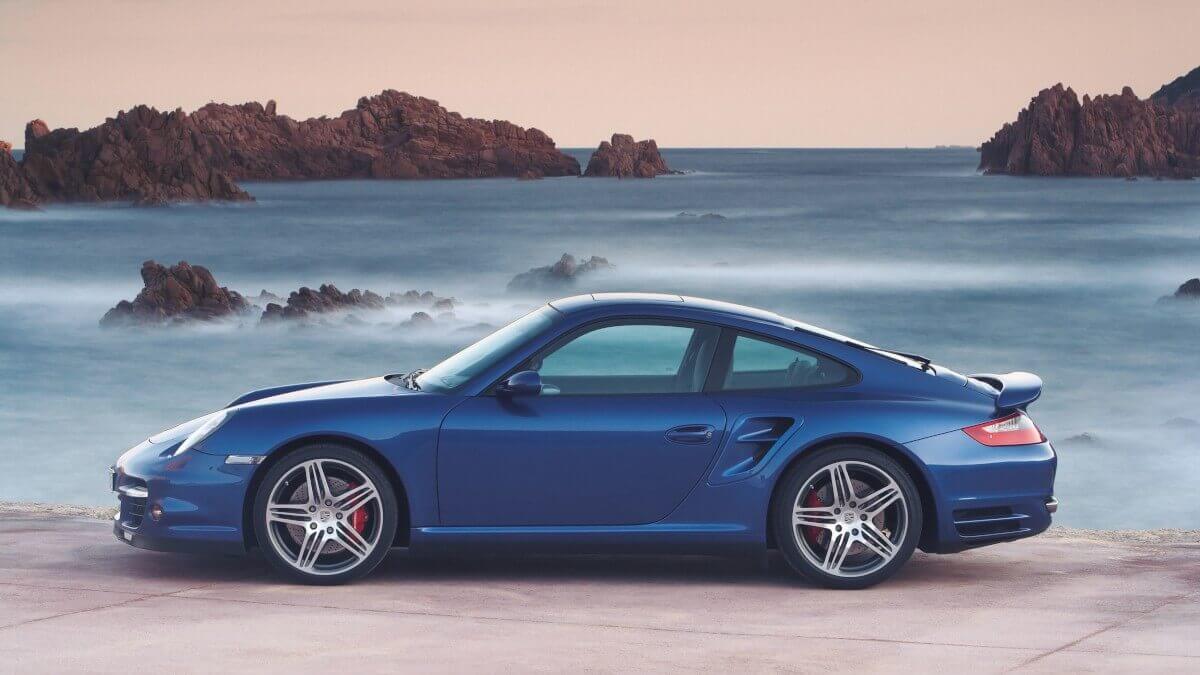



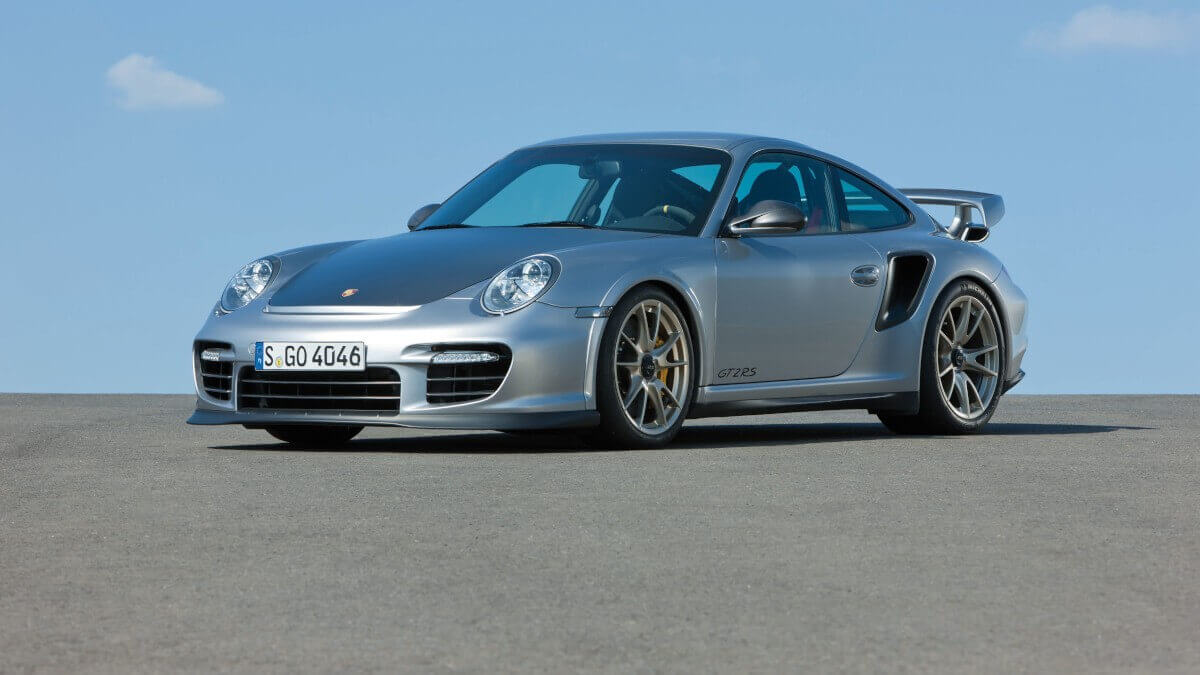



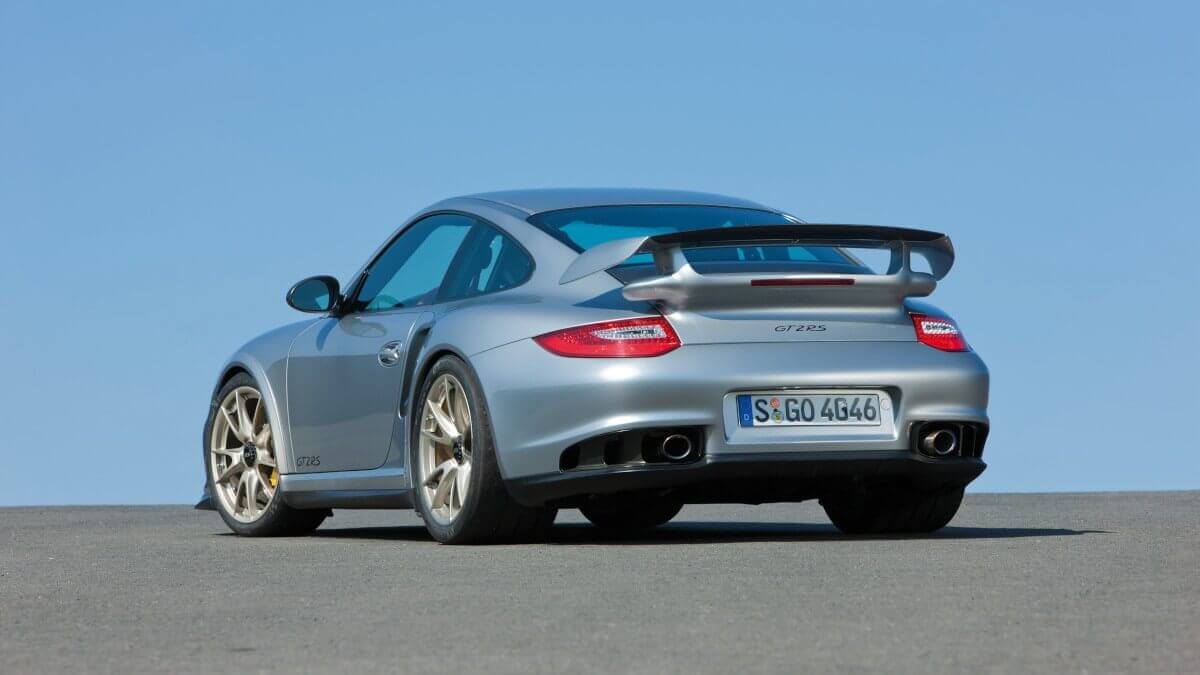



Already at the end of 2011, Porsche launched the replacement for the 997 with first variants of the 991. The new one got a ten centimeters longer wheelbase and a wider track, which both benefited the ride comfort. For the first time, connectivity in conjunction with high-resolution displays in the interior became the focus of the developers. Up to the big facelift in 2015, the Carrera-models were powered by an either 3.4 or 3.8 liter naturally aspirated boxer engine with at least 350 hp. Then the next big change after that from air- to liquid-cooled engines took place, when Porsche introduced turbo-charged engines with 370 (Carrera), 420 (Carrera S) or 450 hp (Carrera GTS) for every models except the GT3 and GT3 RS. Top of the scale was the GT2 RS with 700 hp. In addition to Coupé and Cabriolet, there was again a Targa version, which looked a lot like the original Targa from 1965, but had a highly complex electric folding mechanism for its roof. On May 11, 2017, the one millionth 911 left the assembly line in Zuffenhausen. By October 31, 2018, there were already a total of 217,930 copies of the 991 around, while the production of some versions like the limited edition Speedster will continue into 2019.
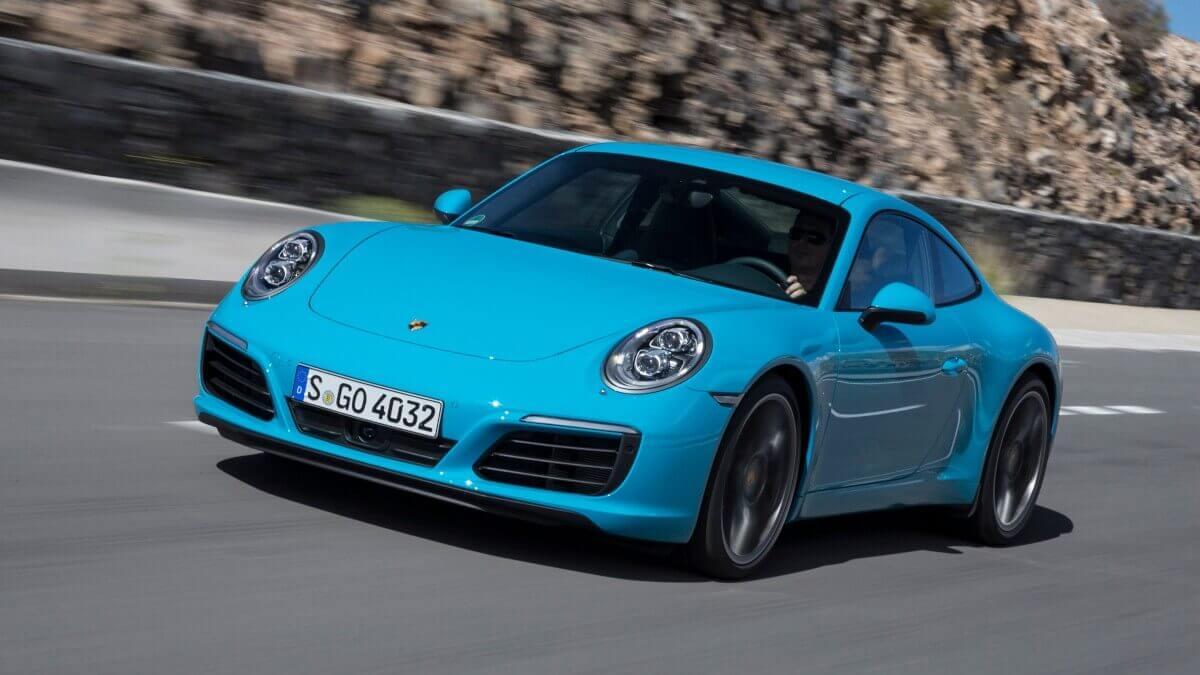



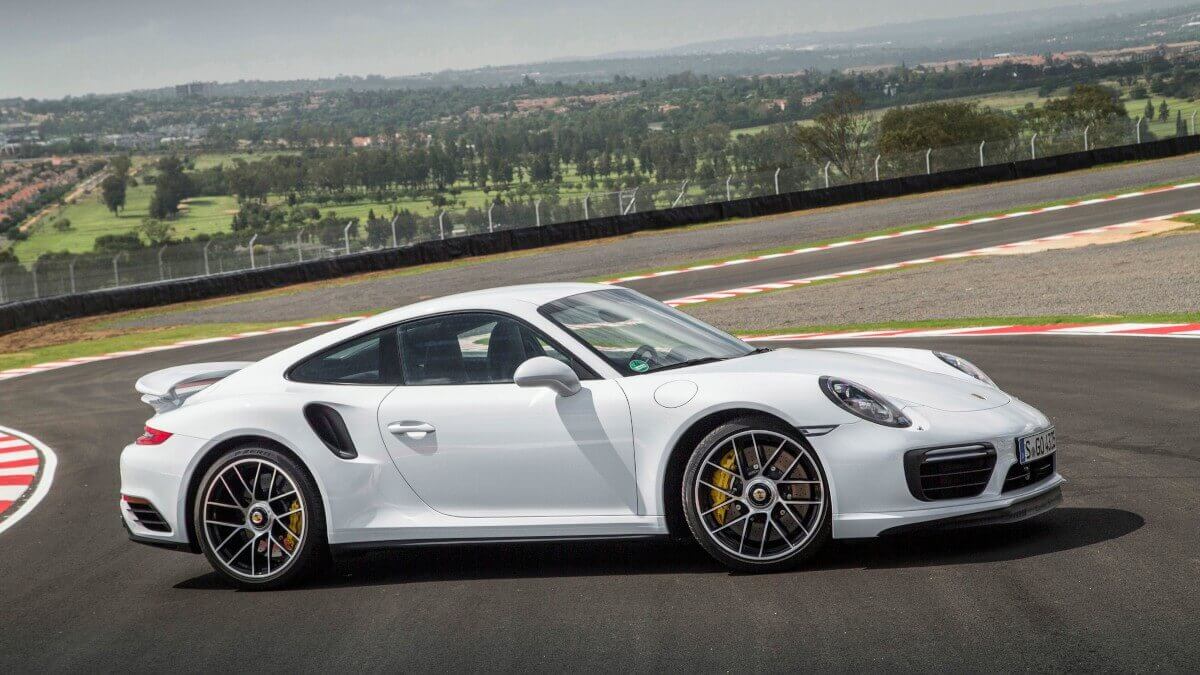



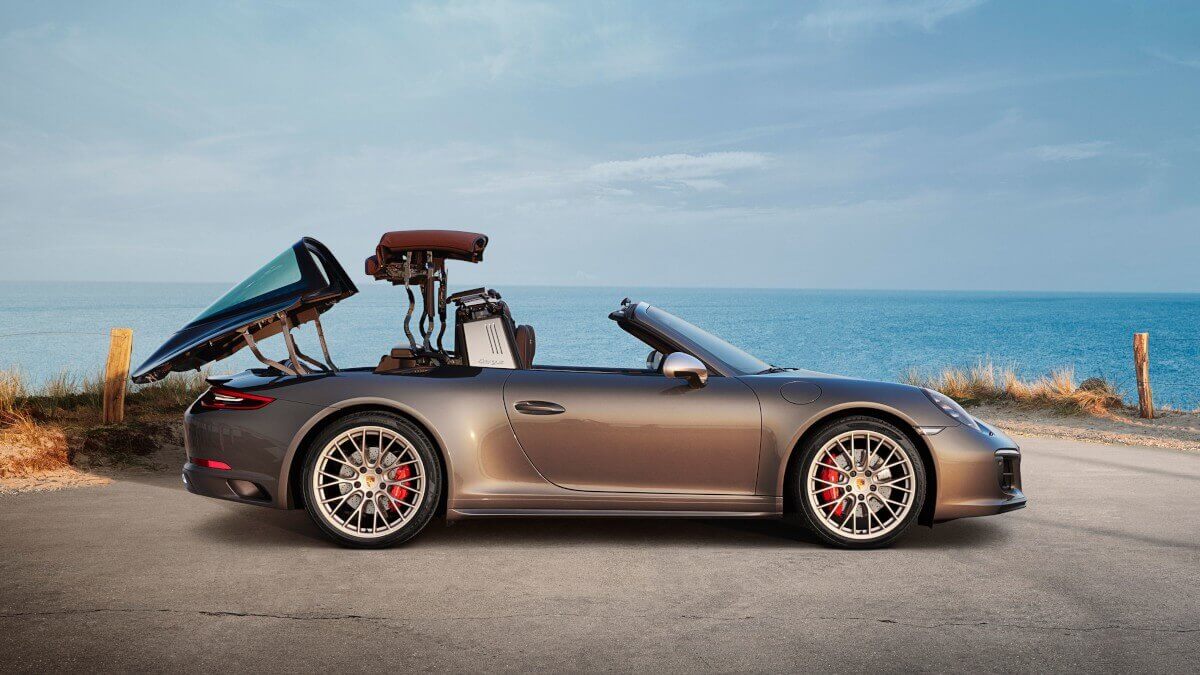



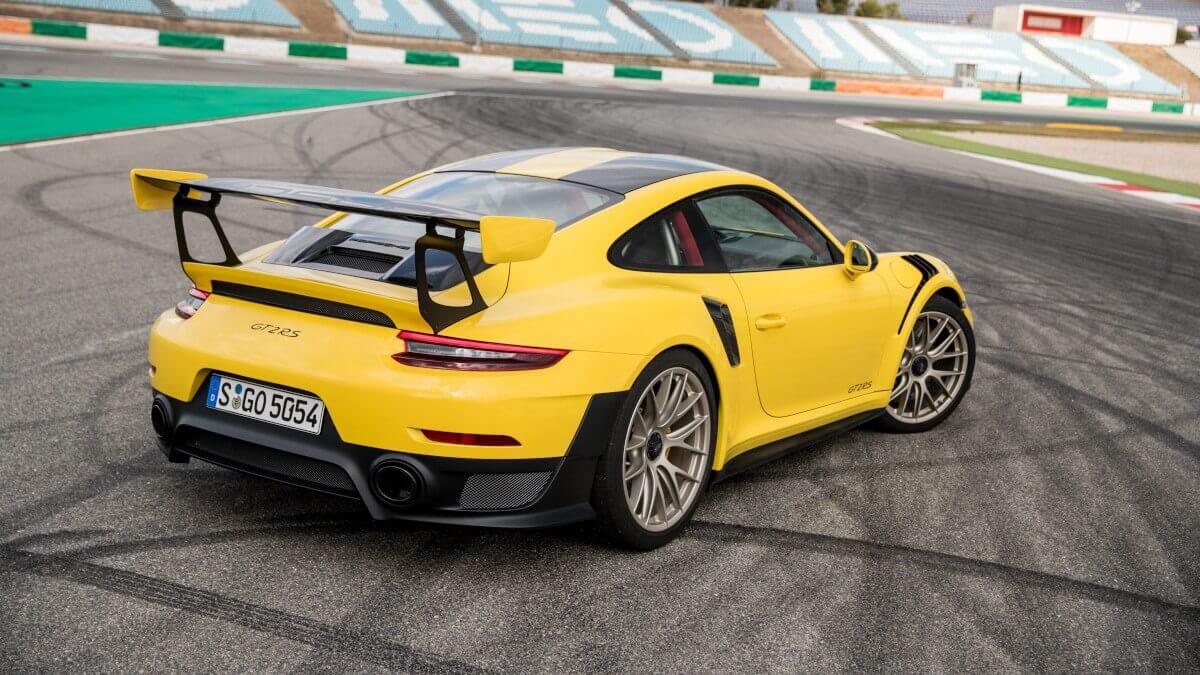



The success story of the Porsche 911 is long and colorful. It will be undoubtedly continued by the new 992. In addition to the road version mentioned in this articles, there have been various racecars that were very successful in international racing series. Porsche also will continue to expand this in-house core competence as well with the eighth generation. So there will be enought to talk about, when we again look back to the 911-history in five years.
Images: Porsche




